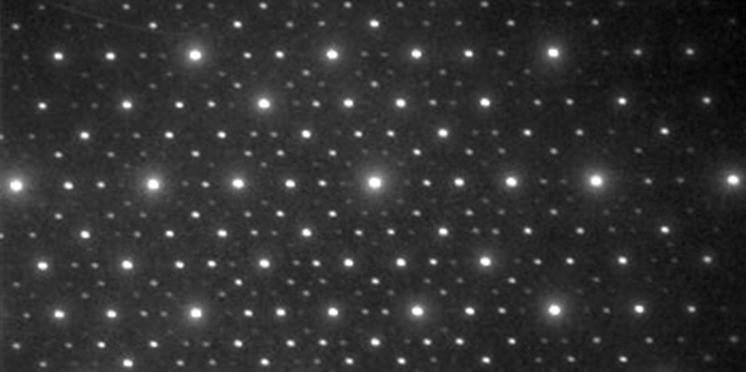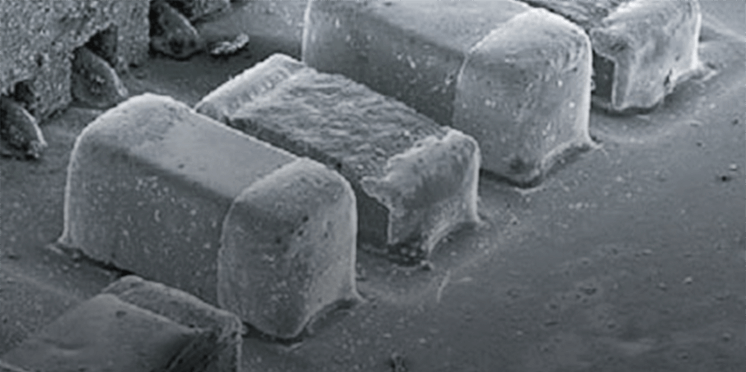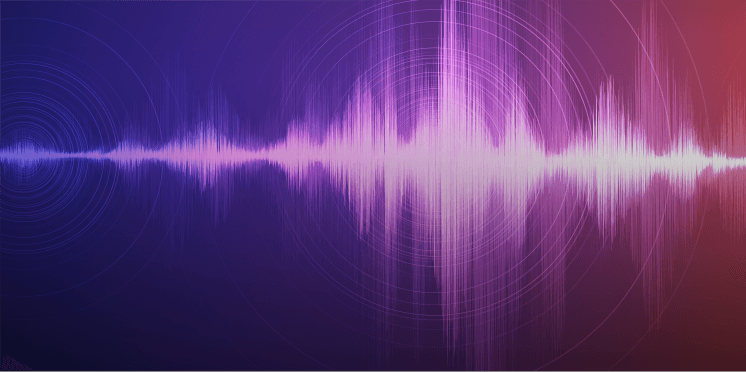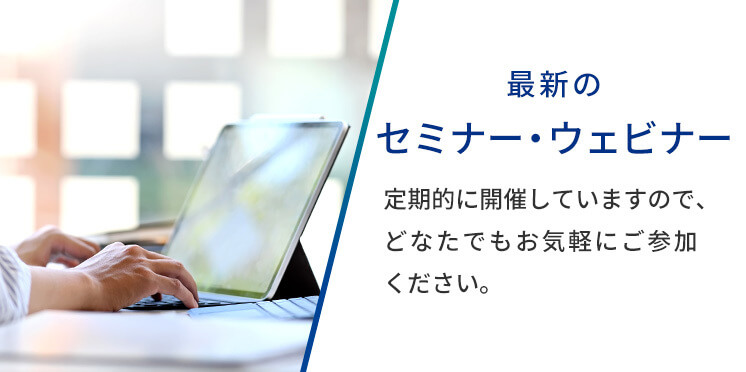ショットキー型電子銃
ショットキー型電子銃
Schottky-type electron gun
[目次:照射系(電子銃/高圧系)]
物質に強い電界をかけるとポテンシャル障壁が下がり、熱電子放出しやすくなる現象をショットキー効果と言い、それを利用した電子銃をショットキー型電子銃と呼ぶ。熱電子放出が有効に起こる温度より低い温度(~1800K)でエミッタを加熱しておき、強電界をかけることによって電子を放出させる。実際にはタングステンチップの表面を酸化ジルコニウムで覆いタングステンよりもっと仕事関数を下げて(~2.7eV)、電子を放出しやすくしている。輝度は加速電圧200kVで4×108A/cm2.sr。放出電子のエネルギー幅は~0.7eV、光源の大きさ(バーチャルソースサイズ)は>10nm程度である。エミッション電流の高い安定性から電子顕微鏡の光源として広く普及している。このタイプの電子銃を電界放出型に入れている場合が見受けられるが、電子の放出にはトンネル効果を利用していないので、電界放出型電子銃ではない。
Schottky effect means a phenomenon where the potential barrier of a substance decreases in a strong electric field, resulting in ease of thermoelectron emission. In the Schottky-type electron gun, the tungsten (W) tip emitter is heated at a lower temperature (~1800 K) than the temperature that can effectively emit thermoelectrons, and a strong electric field is applied to the tip, thus decreasing the potential barrier to emit electrons from the emitter. In the actual Schottky-type electron gun, the surface of the tip is covered with a thin layer of zirconium oxide (ZrO) to make electron emission easy by a decrease of the work function of the tip (~2.7 eV). The energy spread of the emitted electrons is ~0.7 eV. Its brightness is as high as 4×108 A/cm2.sr at 200 kV. The size of the virtual source produced is >10nm. The Schottky type gun is broadly used because of its high stability of the emission current. This type of gun is not the field emission type because the tunnel effect is not used.
関連用語から探す
説明に「ショットキー型電子銃」が含まれている用語






